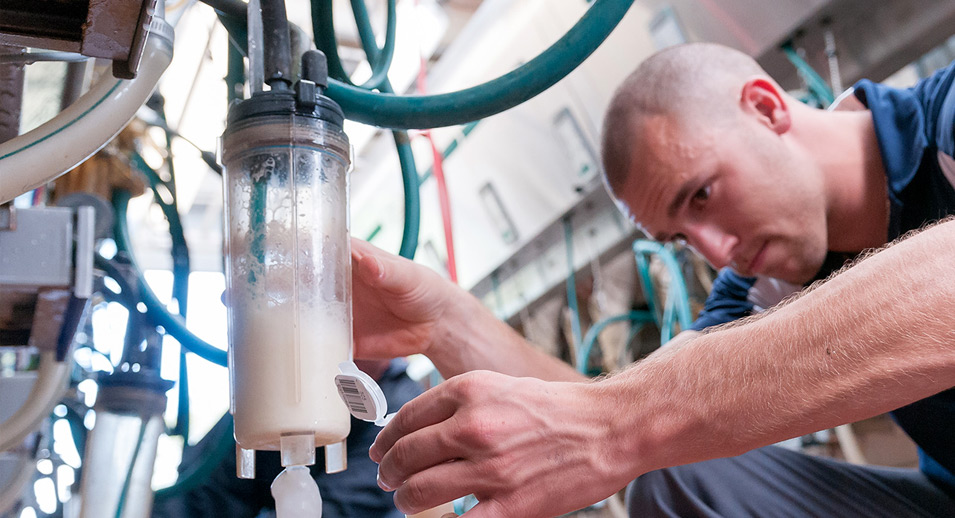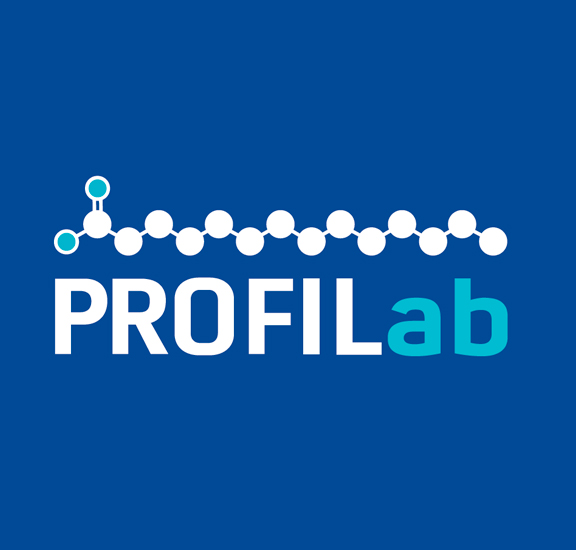Objective
To analyze the PROFILab report to better advise or take action to improve rumen health.
Training offered by
- Gabrielle Guitard, Agr.
Training by module
Discover the new PROFILab interactive report
[1 min.]
A quick review of PROFILab that allows you to see how to get this new report and an overview of its main features that will have an impact your results and the profitability of your farm.
Where do fatty acids come from?
[10 min.]
Here is a complete overview of fatty acids. How fatty acids are formed, how they are grouped together, what is the source of each group of fatty acids and what factors cause them to vary, are all topics that are covered in this module.
How to consult a PROFILab report?
[6 min.]
The PROFILab report contains a wealth of information at a glance. The report has many adjustments that allow you to see your herd’s results from different perspectives. This module offers a 10-step method to make sure you don’t miss anything.
What is the connection between do novo FA and performances?
[10 min.]
Why do we give so much importance to de novo fatty acids when analyzing a fatty acid profile? We will show you their importance in relation to milk components, and why they are prioritized when reviewing the results of a profile.
Do breed and milking systems have an effect on PROFILab?
[8 min.]
We know that milk components vary among the main dairy breeds, but do we still see this difference in the fatty acid profile? Can the variations observed between farms be linked to their milking system?
What is the fatty acid profile of high performing herds?
[5 min.]
Here’s another interesting question: What does the fatty acid profile of the best herds for milk production and the top performing herds in terms of kilos of fat per cow per day look like? How do they compare with each other? Let’s see if we have a different interpretation on a milk basis or a fatty acid basis.
Where do Polyunsaturated FA come from and how can we use them?
[8 min.]
This type of fatty acid is a little less known and requires a brief explanation of its origin. This module will also explain the role of polyunsaturated fatty acids in the interpretation of de novo results.
Milk basis or fatty acid basis: when and why?
[7 min.]
Generally, there are very few differences between these two basis. Occasionally, however, things might get a little confusing and lead to different conclusions. Let’s look at two examples with practical cases and see which basis is the most advantageous.
What are the possible solutions to implement based on FA profiles?
[3 min.]
Une fiche téléchargeable sur notre site web vous permet de débuter rapidement une première analyse des résultats de votre troupeau. Une liste d’hypothèses permet d’évaluer la santé du rumen. D’autres hypothèses vous permettre de faire des liens avec la régie de l’alimentation.
How can we use PROFILab as a decision-making tool?
[11 min.]
The fatty acid profile is the result of farm management. Here are three practical examples to illustrate the value of PROFILab as a tool to understand what is going on in the barn, evaluate other possible solutions that we had not considered, make decisions and validate the results.

This project is funded through the Innov’Action agri-food program under the Canadian Agricultural Partnership, as part of an agreement between the governments of Canada and Quebec.










